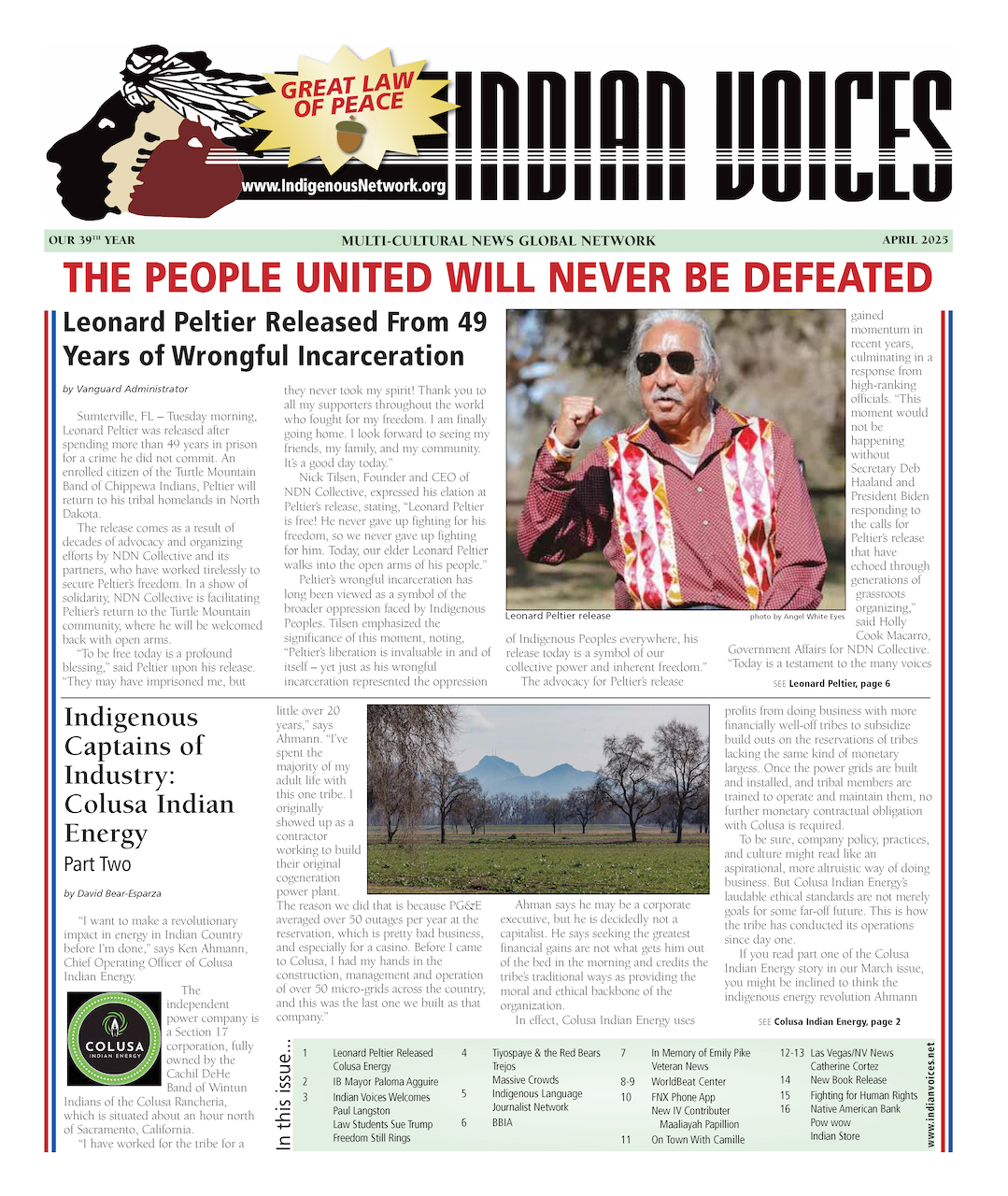William Loren Katz
The wanton police murder of innocent Black men and boys in different parts of the country comes with other intolerable consequences. The death of Eric Garner in New York shows a police officer can commit a murder using a banned hold in broad daylight while being videotaped by a bystander and still avoid indictment. [Remember Rodney King’s fate in Los Angeles?]
The murder of Michael Brown in Ferguson illustrates that even when an offending officer is brought before a Grand Jury, he can explain away why he fired shot after shot at an unarmed suspect -- and have jurors wave him home unpunished, perhaps a hero. In both instances perpetrators also left their victims on the street, Brown lying dead for four hours, and Garner for precious minutes when swift medical treatment might have saved him. The police present were twice answering the question “Do black lives matter?”
Since nothing exists in the DNA of white police officers or other white people that leads to racial murder, the motivation of these armed guardians of the law lies elsewhere. The only available testimony today is from officer Darren Wilson before the St. Louis County Grand Jury. He throws useful light on how one officer saw his deadly confrontation. [Wilson’s testimony has been released and available on the Internet.]
Both Brown and Wilson were over six feet high and over 200 pounds. But Wilson who was armed compared himself to “a five-year-old holding on Hulk Hogan.” To him the unarmed suspect “looks like a demon, that’s how angry he looked.” Further he “was almost bulking up to run through the shots, like it was making him mad that I’m shooting at him.”
Wilson’s words set off alarms in my historian’s mind; it took me back to 1900 when the “American Book And Bible House” of St. Louis published a popular justification of lynching entitled “ The Negro A Beast .” This was during the long reign of “Judge Lynch” when white individuals, lawmen or mobs killed three or four Black men and boys a week. enjoyed impunity and often the approval of governors, senators, and local officials.
Even leading northern politicians greeted lynching with indifferent shrugs or vague support. “Progressive” President Teddy Roosevelt, for example, advocated white “racial selfishness” and stated, "It is wholly impossible to avoid conflicts with the weaker races." While TR stated his opposition to lynching, he also sternly lectured Black audiences that their “rapists and criminals did more harm to their race than any white man can possibly do them.”
One of the roots of Wilson’s striking testimony can be found in South Carolina Senator Ben Tillman’s classic defense of lynching on the floor of Congress on January 21, 1907. During his term as Governor and four terms in the US Senate, Tillman considered lynching a messy but needed part of the legal process. This grew out of the Senator’s vision of a giant struggle “between barbarism and civilization, between the African and the Caucasian for mastery.” Violence assured his community the enemy would be kept “in their place,” segregated, working for and fearful of whites and never dare to demand the right to vote, sue, testify in court or sit on a jury.
Tillman began by strumming a familiar southern white chord: “the Black rapist.” “I would lead a mob to seek the brute who had ravished a woman.” The “brute” he said, was “negroes . . . a black flood of semi-barbarians,” “a lurking demon.” “The Beast leans forward, huge and black”.
The problem began when Lincoln’s “new birth of freedom” forever changed obedient slaves to human monsters: “murder and rape become a monomania, the negro becomes a fiend in human form . . . . “ Tillman’s fellow whites faced “an irrepressible conflict between civilization and barbarism.” Despite this terror, Tillman said, he was not in favor of burning accused rapists to death. Neither was he a bigot: “I have never called them baboons.” But he added, “some are so near akin to the monkey . . . the missing link,” “a creature in human form.” Tillman’s words served to assure those who lynched African Americans logistical support from powerful people and state institutions.
In our age of repeated police shootings of unarmed Black men and boys north and south, their bodies left on the street like refuse, our schools and even adult media rarely shine a light on America’s centuries of lynching, its images and language. No leader of either race can seem to get a national discussion going.
More than a century ago Tillman spun his provocative visions: “brute,” “lurking demon,” “bulk” “fiend.” Did Tillman’s words some how seep into the largely white St. Louis Grand Jury that announced suspect Michael Brown did not deserve to live? Does Tillman’s fearful, angry nightmare still tamper with police departments, Grand Juries and many whites who oppose racism? Hasn't enough already gone wrong to prove we need to talk to each other openly and honestly?
William Loren Katz is the author of Black Indians: A Hidden Heritage and forty other history books. His website is: www.williamlkatz.com





